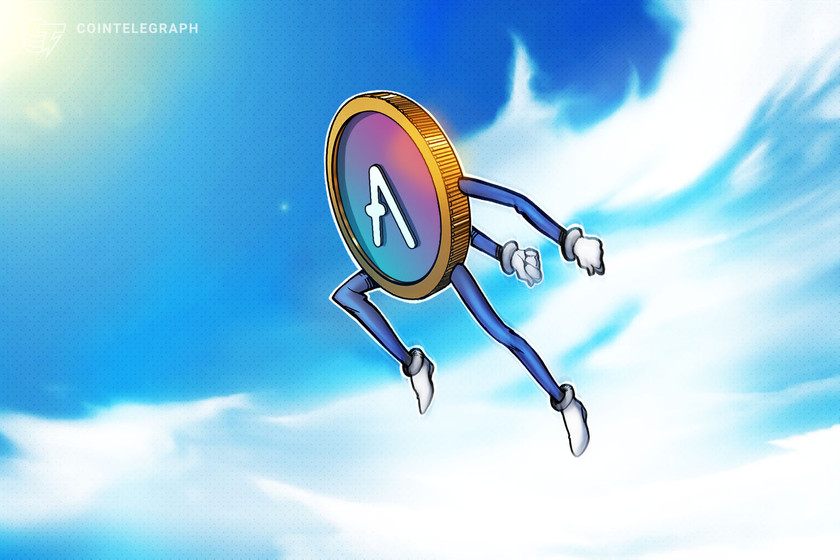Finance Redefined: DeFi’s downturn deepens, but protocols with revenue could thrive


The majority of the top 100 DeFi tokens traded in green, with many registering double-digit gains over the past week.
Welcome to Finance Redefined, your weekly dose of key decentralized finance (DeFi) insights — a newsletter crafted to bring you some of the major developments over the last week.
This past week, the DeFi ecosystem saw several new developments related to the DeFi lending crisis as Celsius filed for bankruptcy. At a time when bears are more dominant in the current market, DeFi protocols with a revenue system can thrive.
Lido Finance has announced plans to offer its Ether (ETH) staking services across the entire L2 system. Aave plans to leverage Pocket’s distributed network of 44,000 nodes to access on-chain data from various blockchains, and gamers are plugging in DeFi through the Razer reward partnership.
The majority of the top 100 DeFi tokens traded in green, with many registering double-digit gains over the past week.
DeFi downturn deepens, but protocols with revenue and fee sharing could thrive
As the crypto winter drags on, savvy crypto investors have realized that one of the reliable sources of passive income that still exists can be found in protocols that generate revenue and share some of it with their respective communities.
Data from Token Terminal shows revenue positive platforms are primarily the nonfungible token (NFT) marketplaces like LooksRare and OpenSea.
Ethereum staking service Lido announces layer-2 expansion
In a Monday blog post, the Lido team noted that it would initially begin by supporting Ether staking via bridges to L2s using wrapped stETH (wstETH). Moving forward, it will eventually enable users to stake directly on the L2s “without the need to bridge their assets back” to the Ethereum mainnet.
In terms of partnered L2s, the team stated that before the announcement, it had already integrated its bridged staking services with Argent and Aztec. It added that the next collection of partnerships and integrations would be unveiled over the next few weeks.
Aave taps Pocket Network to beef up decentralized app development
Aave, an open source DeFi protocol, is teaming up with decentralized Web3 infrastructure provider Pocket Network to offer developers increased scalability and ease of use when building decentralized applications (DApps) on the Aave Protocol.
According to the statement on Tuesday, Aave will use Pocket’s distributed network of more than 44,000 nodes to access on-chain data from various blockchains to power decentralized applications. Developers building Aave-powered DApps may now access blockchain data from Pocket Network on demand following the new integration.
Gamers plug into DeFi through the new Razer rewards partnership
Gamers and customers of IT and gaming hardware firm Razer are set to plug into the world of DeFi through a new rewards swap program in partnership with Cake DeFi.
Razer remains a household favorite brand for gamers around the world, with its Razer Gold rewards program allowing gamers to earn and redeem Razer Silver points for a variety of hardware and digital rewards, including Steam games and discount vouchers.
DeFi market overview
Analytical data reveals that DeFi’s total value locked registered a near $5 billion rise from the past week, posting a value of $58.65 billion. Data from Cointelegraph Markets Pro and TradingView shows that DeFi’s top-100 tokens by market capitalization had a mixed week, with several tokens trading in red while a few others registered even double-digit gains.


Lido DAO (LDO) was the biggest gainer among the top 100 DeFi tokens with an 80% rise over the past week, followed by Fantom (FTM) with a 28% surge. Avalanche (AVAX) registered a 26% surge over the past week, while ThorChain (RUNE) saw a 21% rise in price over the past seven days.
Thanks for reading our summary of this week’s most impactful DeFi developments. Join us next Friday for more stories, insights and education in this dynamically advancing space.
























